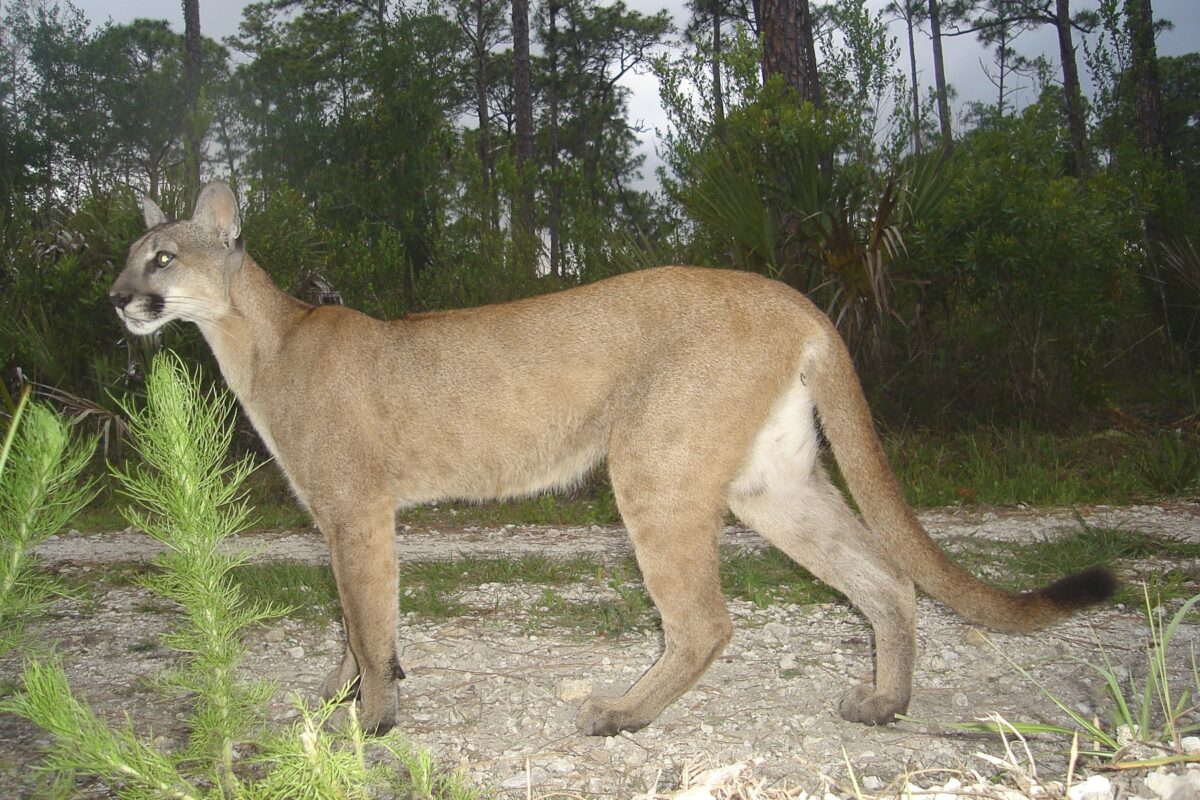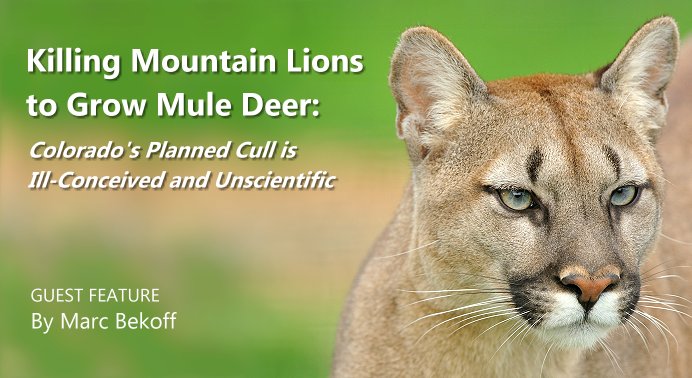
Guest Commentary by Marc Bekoff, reposted from the Huffington Post.
Colorado Parks and Wildlife is attempting to push through a controversial “study” that would involve killing significantly more numbers of mountain lions (Puma concolor) in hunting units in a portion of Colorado over a five-year span to see if they can increase the mule deer population for human hunters to kill. The agency, in its rush, may short change the public’s ability to comment on this controversial plan. The experimental study, if the public finds out about it, will most likely be stopped dead in its tracks, because it is an ethically bereft and scientifically unsound kill-kill proposition, for we already know that killing mountain lions to save ungulates does not work.
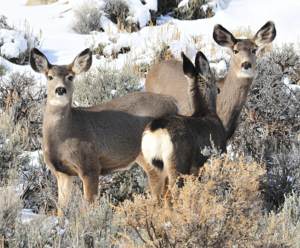
The best available science is clear: in order to thrive, mule deer, elk, and bighorn sheep need adequate room to roam and plenty to eat, and not be heavily hunted. In several recent studies, researchers found that killing mountain lions (or coyotes) did not benefit mule deer because their populations were limited by other factors including habitat loss or fragmentation, hunting, poaching, fire suppression, noxious weeds, changes in forage quality, overgrazing by livestock, energy development, and changes in hydrology caused by global warming — including changes in snow pack and temperature (e.g. Forrester and Wittmer 2013; Monteith et al. 2014). Bishop et al. (2009), in their long-term Colorado-based study, found that a lack of food limited a deer population, and especially on winter ranges.
They determined that if deer had access to adequate nutrition neither mountain lions nor coyotes negatively affected the deer population. They also suggested that mountain lions selected for deer who had poor body condition, which means that mountain lions and coyotes keep herds healthier. In a follow up, Colorado-based study, Bergman et al. (2014) found that managing winter range for the deer, including conducting weed control and reseeding, benefitted deer greatly.
There are a number of factors that contribute to mule deer decline, but mountain lions are the least of them. Mule deer need habitat, food, and not heavy persecution by hunters and poachers. Thus, repeating mountain lion-killing studies over and over again is problematic and a waste of money and lives, especially if the purpose of such a “study” is so that hunters can kill more deer.
When a trophy hunter kills one mountain lion there is widespread “collateral damage”
Each year hundreds of trophy hunters pay a nominal fee to the Colorado Parks and Wildlife for the privilege of killing the state’s most iconic representative of the wild: mountain lions. While Colorado Parks and Wildlife records show that trophy hunters kill approximately 400 mountain lion deaths annually, countless more die from the wake caused by trophy hunting. Hunting mountain lions disrupts their social structure and land tenure systems, which creates social chaos among them and causes even more mortalities.
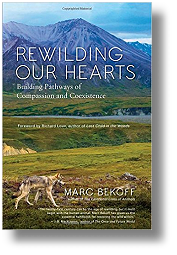 It’s well known that if a trophy hunter kills a female mountain lion, there is a high probability her young kittens will die from starvation or dehydration. But new research indicated that when trophy hunters remove the stable adult mountain lions from a population, it attracts young male mountain lions to these vacancies. Recall Cecil, the African lion who was famously and horrifically killed by a trophy hunter, whose young cubs were eaten by an incoming male. The same happens in mountain lion populations. Immigrating young males often kill cubs sired by the previous male so they can produce their own. In the process, however, females defending their cubs are also frequently killed. It’s not just the mountain lion in the trophy hunter’s crosshairs who dies. Trophy hunting causes a harmful domino effect in lion populations and there is significant and widespread “collateral damage.”
It’s well known that if a trophy hunter kills a female mountain lion, there is a high probability her young kittens will die from starvation or dehydration. But new research indicated that when trophy hunters remove the stable adult mountain lions from a population, it attracts young male mountain lions to these vacancies. Recall Cecil, the African lion who was famously and horrifically killed by a trophy hunter, whose young cubs were eaten by an incoming male. The same happens in mountain lion populations. Immigrating young males often kill cubs sired by the previous male so they can produce their own. In the process, however, females defending their cubs are also frequently killed. It’s not just the mountain lion in the trophy hunter’s crosshairs who dies. Trophy hunting causes a harmful domino effect in lion populations and there is significant and widespread “collateral damage.”
 The Colorado Parks and Wildlife and its Commission need to take a step back. They must allow for democratic public processes involving the greatest number of stakeholders to participate and comment. Their hearing schedule can be found here. The next and last hearing for 2015 is in Wray, Colorado, on November 19-20. The Humane Society of the United States is calling upon the agency to allow a public hearing in Denver at its January hearing, while advocating for the agency to stop this controversial study.
The Colorado Parks and Wildlife and its Commission need to take a step back. They must allow for democratic public processes involving the greatest number of stakeholders to participate and comment. Their hearing schedule can be found here. The next and last hearing for 2015 is in Wray, Colorado, on November 19-20. The Humane Society of the United States is calling upon the agency to allow a public hearing in Denver at its January hearing, while advocating for the agency to stop this controversial study.


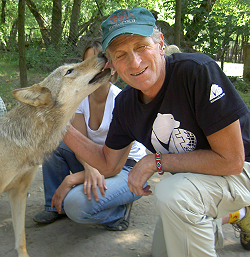

 Facebook
Facebook Twitter
Twitter Send Email
Send Email